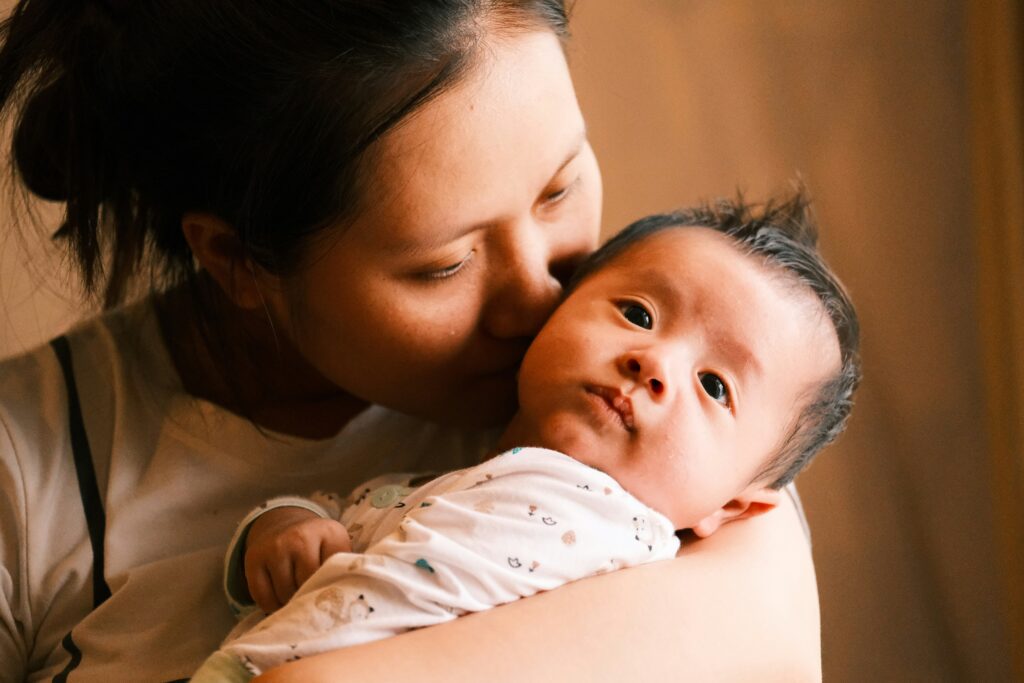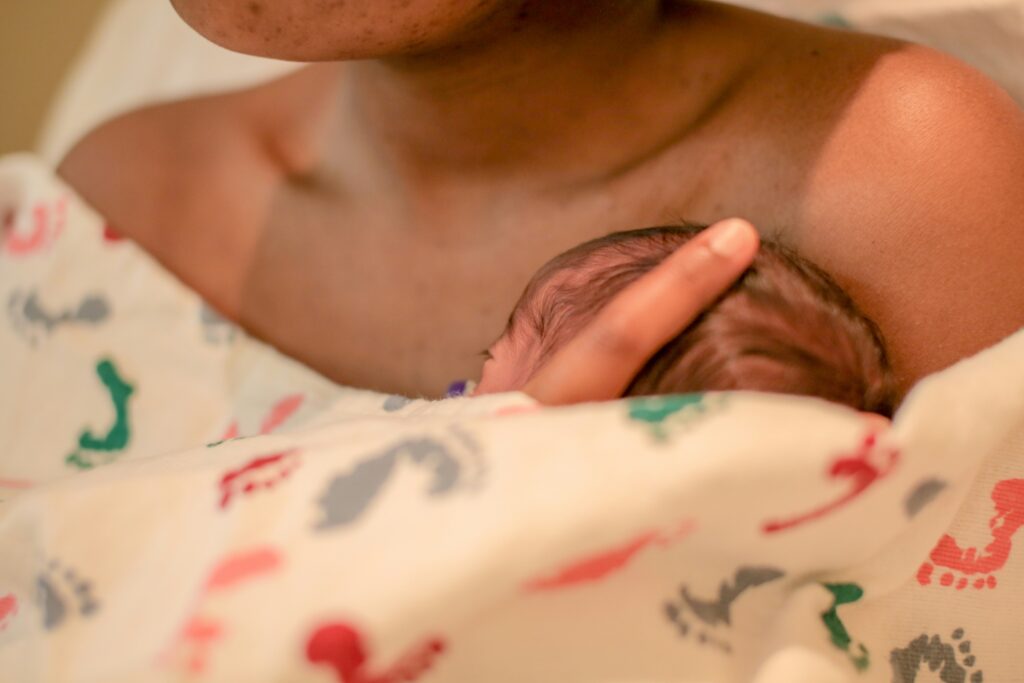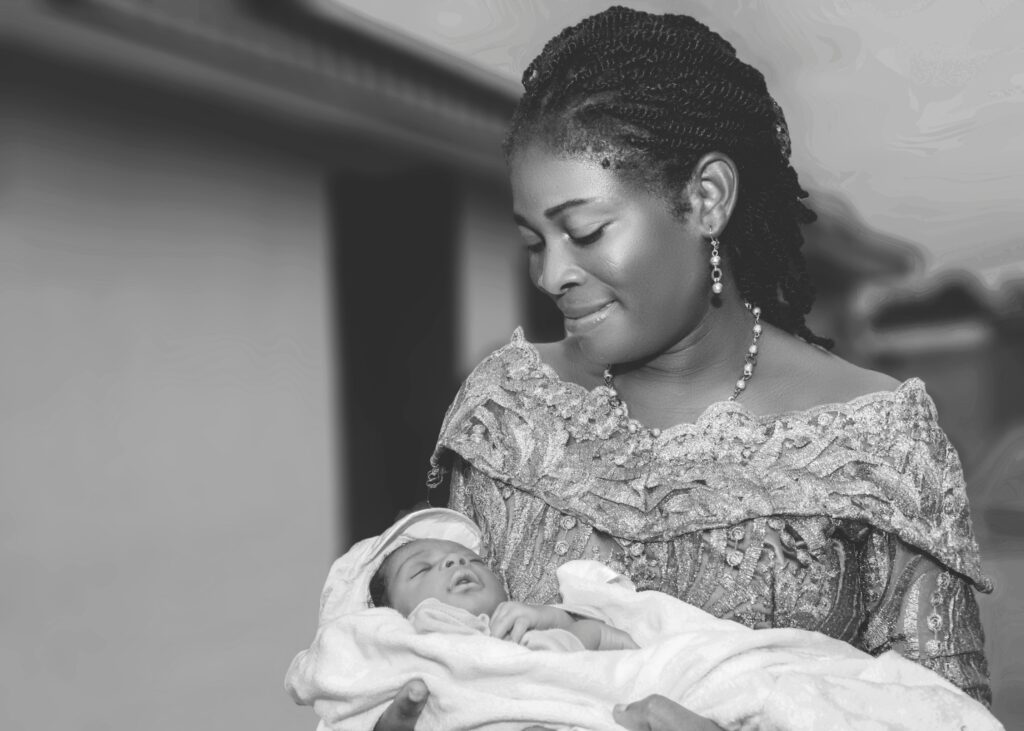NHS Lothian offers you support in delivering your baby at home.
Being in familiar surroundings, where you may feel more relaxed, can help some women to cope better with labour and birth. You would be supported through labour and birth by a midwife. Midwives can provide care in your home. If the midwife is concerned for the health of you or your baby then the midwife will make arrangements to transfer you into hospital.
Expand to learn more about terminology you’ll find on this page.
A straightforward pregnancy means you do not have any known complications that may affect your pregnancy and the birth. Scroll down for information on complications and recommendations for birth centre delivery.
Is a homebirth the right choice for me?


In NHS Lothian, you have the option to give birth at home, whether you live in Edinburgh, East Lothian, Midlothian or West Lothian. You always have a choice to request a home birth, no matter what your circumstances are, or your health in pregnancy. However, you may be advised to give birth in hospital, where there is access to close monitoring and medical attention, in case you need it.
When planning where to give birth we suggest you discuss your personal circumstances with your midwife to help decide what would be right for you. Your midwife can help you plan for home birth as early as possible in your pregnancy. Please feel free to explore this option with your midwife.
Click here for more details on recommended circumstances for the home birth.
- You have a straightforward pregnancy
- You are pregnant with one baby
- Your waters break and are clear
- Your placenta is in the normal place for birth
- Your blood pressure is normal, and your urine is free from protein
- Your labour begins naturally between 37-42 weeks into your pregnancy
- Your BMI is within the normal range at the start of your pregnancy
- You are between 16-40 years of age
- You have already had at least one baby
- You are not anaemic (iron level is more than 100g/dl)
- Your home has enough space and easy access
What does the Evidence Say?
NHS maternity services follow the guidance presented by NICE (National Institute for Health and Care Excellence). The current guidance from NICE on home birth is based on the 2011 Birthplace study, a large study conducted in the UK which compared the safety of birth in four settings for women with uncomplicated, low-risk pregnancies.
Homebirths are safe for first time mothers with straightforward pregnancies. However, homebirth was associated with an increase in poor outcomes for the baby
For first time mothers with an uncomplicated, low-risk pregnancy, there was no difference in outcomes for mothers giving birth at home compared to a midwife-led or obstetric unit. However, homebirth was associated with an increase in poor outcomes for the baby (9 per 1,000 for births at home compared to 5 per 1,000 in a midwife-led or obstetric unit).
Homebirths are safe for straightforward pregnancies among those who have already had at least one baby.
Women with an uncomplicated, low-risk pregnancy who are having their second or subsequent baby, no significant differences in outcomes for mother and baby between planned births at home or in a midwifery unit compared with planned births in an obstetric unit.
Transfer rates to hospital are more common among first-time mothers.
Transfer rates for first-time mothers were 45% – this can be due to complications during labour or after birth or for requests for further pain relief. Transfer rates for mothers having their second or subsequent baby were 12%
What should I expect if I give birth at home?
Being in a familiar environment can help you feel more relaxed and in control during birth. During a homebirth, you do not need to leave your space and can labour in comfortable surroundings with support of a midwife and birth partner(s).
The midwives will arrange for equipment and medication to be delivered to your home before going on-call for you. During labour, you will be cared for one-to-one by a midwife, and a second midwife will be called during birth to offer support.
Click here for more details on the homebirth experience.
At your homebirth you will be looked after by the midwife on-call. Having a homebirth does not guarantee having the same midwife throughout your labour and birth. Depending on the time of day, or if you have a long labour, the midwife looking after you may have to hand over to the next midwife on-call.
The midwife will monitor you and your baby’s wellbeing during labour and birth. In some cases, when there are concerns for yourself or your baby, they may recommend a transfer to an obstetric unit (labour ward). This will be discussed with you so you understand and can make the best decision for you and your baby.
Equipment and planning
Your midwife will talk to you about the equipment needed for your homebirth. Some equipment is provided by the hospital, and will be delivered to your house. This includes ‘gas and air’, oxygen cylinders, and medical equipment. Your midwife can help and advise you on what to prepare for your home birth.
Birth pools can be rented or bought. Think about the weight of them on your flooring. Also consider protecting your flooring and furnishings. Think about the responsibility of filling the pool and maintaining the temperature. How will you organise child care and pet care during the labour and birth?
Epidurals are not available at home but you can use gas and air, TENS, relaxation techniques. Have plenty of sheets and towels available for you and baby. Stock up well on refreshments for you and your birth supporters.

Homebirth Pain Relief Options
There are various pain relief options available to use at home. These include relaxation techniques, being mobile and moving around, massage, aromatherapy, TENS machine, and support from birth partner(s). The midwife will provide ‘gas and air’; which is a mixture of oxygen and nitrous oxide that you inhale to ease the pain.
You can also hire a birthing pool and use water as a pain relief option. If you would like to have a birthing pool you must arrange this yourself.
Find more information about pain relief during labour here.
What happens if there are complications?
If you’re at increased risk of complications you may be advised to give birth on the labour ward, but it is still worth discussing your options with your midwife. Wherever you choose, the place should feel right for you. You can change your mind at any point in your pregnancy.
If complications arise, it could be that transfer to one of the obstetric units will be recommended and this will be discussed with you so that you understand the reasons and can make a decision. Transfer is usually done by ambulance (depending on the stage of labour). The transfer time will vary based on where you live and the time of day.
If complications arise for you or your baby the midwife will recommend transferring into the hospital. If a hospital transfer is required this will be by ambulance. Your midwife will accompany you in the ambulance, and your birth partner will be asked to follow separately.
The Birthplace study found that if this is your first baby, there is a 45% chance of transferring from home to hospital. If you have had a baby before, there is a much smaller likelihood of transferring into hospital (12%).
After your baby is born
Learn more about your new baby’s care and needs here.

- The midwives will stay with you for around 2 hours after the birth of your baby.
- You will have a postnatal visit from your midwife later that day or the following day.














